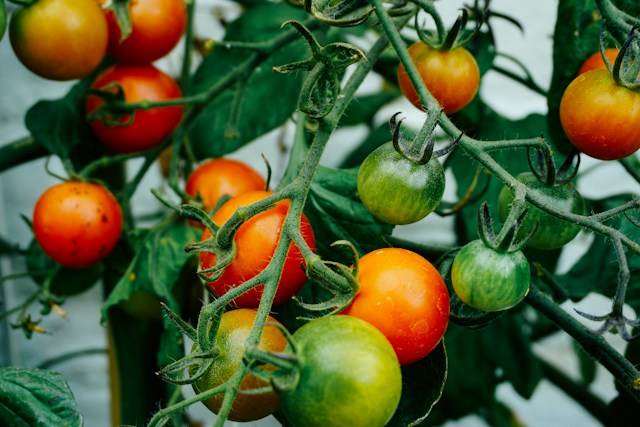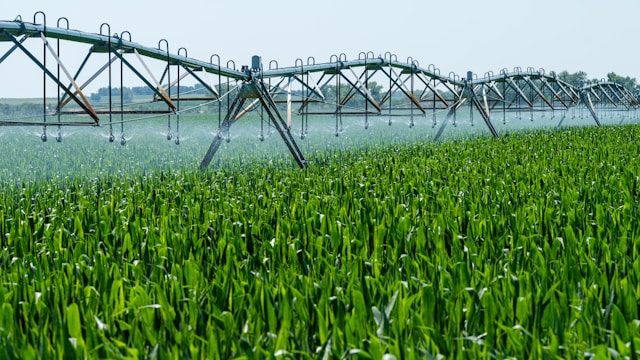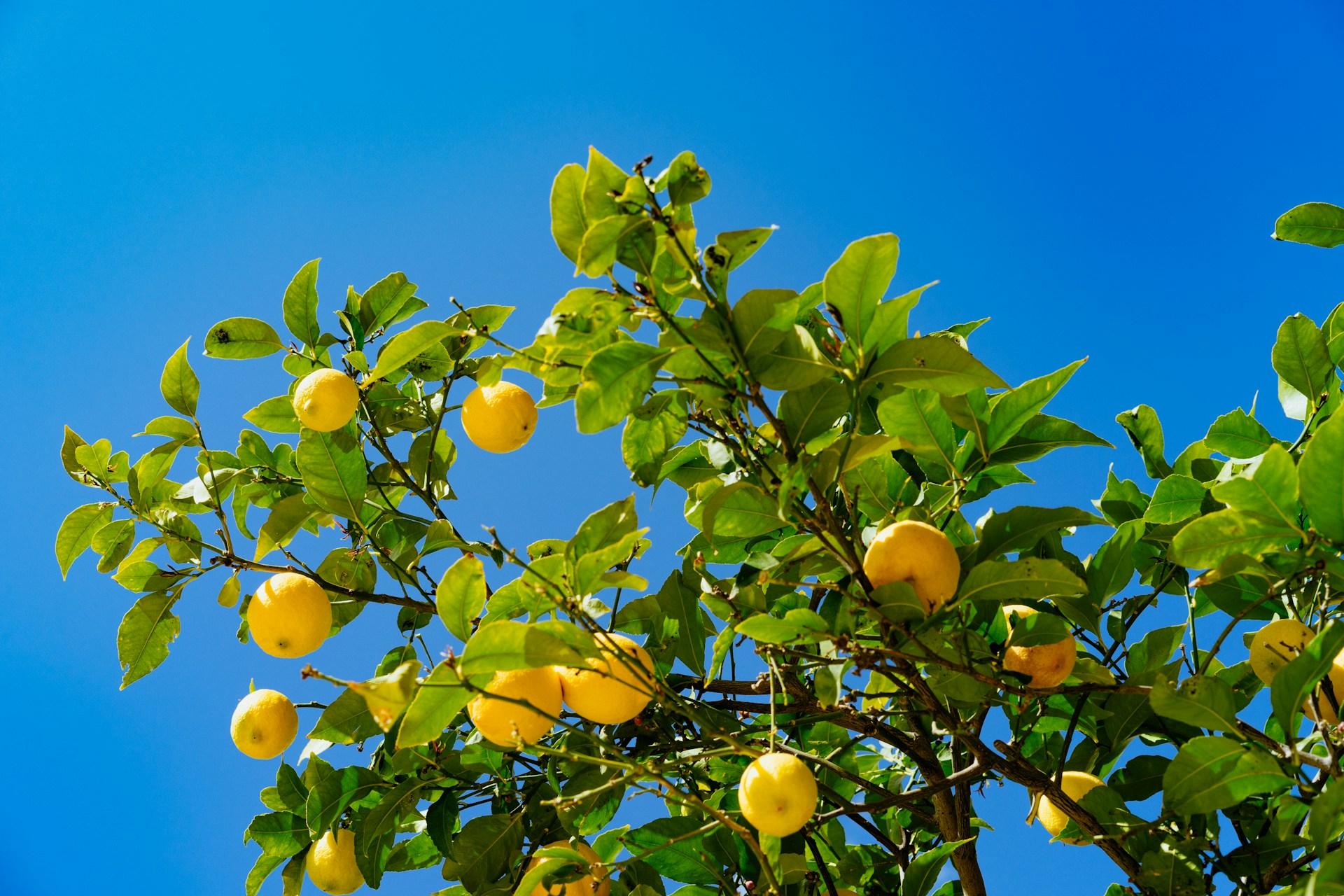Sound biosecurity practices are of utmost importance in the realm of farming.
These policies and measures are specifically designed to safeguard crops and livestock against harmful biological agents.
For those engaged in produce farming, understanding and implementing these policies can mean the difference between a successful harvest and a devastating loss.
With an ever-evolving landscape of pathogens and pests, it has become even more crucial to stay updated with the latest practices.
This article aims to delineate key biosecurity policies critical to produce farming.
Unpacking the finer details, it will offer an insightful look into how embracing these measures can ensure sustainable and productive farming.
Biosecurity Policies Every Produce Farmer Should Know
1. Implement strict visitor and employee hygiene practices.
The process of creating and upholding significant visitor and employee hygiene methods plays a crucial role in biosecurity measures within produce farming operations.
Not only do these actions display due diligence in preventing potential disease transmission, but they also portray an image of organizational professionalism and care.
While the specific strategies may differ from farm to farm, based on individual needs and local regulations, there are a few universal practices that should be observed.
Firstly, visitors and employees should be educated about the importance of maintaining cleanliness in the farming environment.
They should be trained in the correct practices and understand the reasons behind the rules, particularly the potential risks impacting crop health.
Posting information and illustrative diagrams on how to maintain hygiene around the farm in highly visible areas can improve compliance.
Setting up hand washing facilities with running water, soap, and paper towels in numerous locations around the farm is another preventive measure.
Ensuring proper disposal of waste materials can also significantly help to mitigate any risk of disease spread.
In a similar vein, it is imperative to implement policies requiring that protective clothing, such as boots and gloves, be worn in specific areas of the farm to foster better hygienic practices.
As part of this, these items should be cleaned and disinfected on a regular basis to ensure they do not act as vectors for disease.
Visitors should be supervised to ensure they comply with all processes and avoid unauthorized access to restricted locations.
To promote these practices further, consider making a written policy that all individuals must agree to follow upon entering the farm.
While these protective measures may appear excessive, they are not without reason.
Diseases and pests can easily hitch a ride on people and their clothing, hence, having these hygiene policies in place can significantly limit the potential outbreaks and spread of harmful organisms.
Overall, setting up efficient hygiene practices and mechanisms for both visitors and employees is an essential component of biosecurity on farming properties, thus enforcing it is a key policy that all produce farmers should be aware of and justify.
2. Enforce regular cleaning and disinfecting of tools.
One of the chief strategies to enforce biosecurity in a farm is through the regular cleaning and disinfecting of tools.
Tools are the primary equipment used in the field and they come in direct contact with the plants, soil, and produce.
Maintaining their hygiene is not an option, but a necessity.
Unclean tools can easily become a source of disease transmission within the farm.
This is because the tools can harbour disease-causing pathogens which when they come into contact with the plants, can easily infect them and lead to an outbreak of diseases within the farm.
Therefore, developing a schedule for cleaning and disinfecting the tools is important for every producer farmer.
A good cleaning regime involves physically cleaning the tools first, to remove any visible dirt or plant material.
This can be followed by disinfecting the tools using a disinfectant solution to kill any pathogens that may be present on the tools.
The frequency of cleaning and disinfecting the tools should be high, especially in periods of intense farming activity.
In enforcing this, farmers should ensure that all workers handling the tools understand the importance of this process and are trained on how to effectively clean and disinfect the tools.
This will not only protect the plants from diseases, but also increase the longevity of the tools.
It’s also essential to monitor the effectiveness of the cleaning and disinfecting procedure.
This can be done through regular inspections and testing to see if any pathogens are being left behind after the cleaning and disinfecting process.
If so, the procedure should be reviewed and improved for better results.
In the fight against agricultural pests and diseases, one cannot understate the importance of maintaining clean and disinfected tools within the farm.
3. Establish isolation procedures for diseased plants
Implementing biosecurity policies in farming primarily involves maintaining the overall health of your agricultural produce, and one highly critical aspect of this involves recognizing and dealing with diseased plants.
As a farmer, understanding the significance of isolating infected crops from the healthy ones cannot be understated, as it fundamentally prevents the spread of the disease.
Disease often spreads rapidly and a single infected plant can infect the entire crop, creating a disaster for your farm and business.
An effective isolation procedure starts with meticulously inspecting the plants regularly and identifying the ones showing signs of disease.
The clear identification is crucial as it not only helps in maintaining the health of the crop but also helps in implementing appropriate measures for disease control at the earliest.
Once identified, the infected plants should be carefully removed without causing any further spread of the disease to the surrounding plants.
Post removal, the isolated plants need to be disposed of cautiously so that they do not infect other areas of the farm or the environment.
It’s imperative to know that many plant diseases are soil-borne, so extra care must be taken while handling and disposing of these diseased plants to prevent contaminating the soil.
When dealing with a disease outbreak, isolation zones should be set up instantly, limiting the spread of the disease within the farm.
These quarantine areas should ideally be at a considerable distance from the main cultivation area.
You should also consider implementing strict biosecurity protocols about entering and exiting these zones to further prevent disease spread.
In the unfortunate scenario that a disease becomes widespread, a plan for complete isolation and treatment of the entire area must be in place.
While isolating diseased plants is crucial, it’s equally important to implement a comprehensive tracking system that helps in understanding the outbreak’s origin and preventing future occurrences.
In conjunction with these isolation procedures, frequent and regular testing for common plant diseases should be a part of your standard procedure as preventive measures are always better than reactive measures.
4. Monitor Crop Health and Report Diseases Promptly
The practice of monitoring crop health is integral in every farming operation, especially in the context of biosecurity policies in places where produce is grown.
Implementing a consistent and thorough crop monitoring program can help to early detect potential problems, such as the onset of diseases or pest infestations.
Produce farmers should train their teams to visually inspect crops regularly and understand what healthy plants should look like as well as recognize symptoms of common plant diseases.
Digital technologies and precision farming tools can enhance the effectiveness of crop monitoring, enabling farmers to cover larger areas and obtain more accurate, real-time data.
Close monitoring of crop health should not be seen as an extra chore but rather as an investment that can significantly reduce losses due to uncontrolled disease spread or pest infestations.
When a disease is identified in the crops, it is critical to report the issue promptly to relevant local agricultural authorities or extension services.
Early reporting of plant diseases can facilitate the initiation of appropriate control measures, helping to limit the spread of the disease within the farm and perhaps even to nearby farms.
ALl too often, unreported diseases can progress to epidemic proportions that can cause devastating losses to farming communities, and this is something that effective biosecurity policies aim to prevent.
Moreover, open communication of disease outbreaks can facilitate valuable research and potentially lead to advances in disease treatment and prevention methods.
Farmers should never hesitate or delay reporting a disease occurrence out of fear of the potential consequences like temporary shut-downs or other short-term production setbacks.
Rather, they should view disease reporting as a responsibility and contribution towards the broader aim of maintaining overall agricultural health and productivity.
To report diseases effectively, farmers should document any peculiar symptoms or changes observed in crops, take pictures, and collect samples if possible, for further diagnostic exercises.
The process and requirements for disease reporting may vary greatly depending on the region and the specific disease, but the importance of doing it promptly is universal.
Ultimately, effective monitoring of crop health and prompt reporting of diseases forms part of good biosecurity practices that not only safeguard individual farms but also contribute towards the health and integrity of the broader agricultural sector.
5. Use Certified Pest and Disease-free Seeds and Plants
One of the most fundamental steps in ensuring the success of any farming enterprise is the use of certified pest and disease-free seeds and plants.
This is particularly crucial when the farm produce to be developed is intended for both local and international markets.
The certification process aims at ensuring that the seeds or plants in question have undergone rigorous testing and are proven to be free from any pests or diseases.
Using certified seeds and plants is a paramount step towards reducing the risk of pest and disease infestation in a farm, hence improving overall biosecurity.
Certified seeds and plants also significantly reduce the chances of incurring additional costs related to pest control and disease management.
In essence, these seeds or plants have been professionally checked to ascertain their purity and disease-free status, thereby guaranteeing your investment and making your workload considerably lighter.
Therefore, as a produce farmer, procuring all your planting materials from a certified source should be a priority.
Nevertheless, just because a seed or plant is certified does not automatically imply that it will be resistant to all pests and diseases.
The certification only means that at the point of inspection, the plants or seeds were disease-free and void of any pest infestation.
Understanding this fact will prompt you to understand that investing in preventive measures against pests and diseases is still imperative.
Taking control measures, even in the face of using certified seeds and plants, assures you of even greater summits in your farming venture.
These practices might include regular inspection of your crops, establishing strict farm hygiene, and having a swift response to any signs of infection or infestation.
It is also fundamental to remember that certified seeds and plants have to be appropriately handled and stored as well, to maintain their certified status.
Moreover, different seed certification agencies have varying standards and regulations guiding their certification processes.
Thus, understanding these regulations and standards will help you choose the right and most suitable planting materials for your farming needs.
Given the critical role that certified seeds and plants play in improving biosecurity, it is a responsibility you should not overlook.
The Bottom Line
Critical to the survival and growth of any horticultural enterprise is the strict implementation of hygiene practices among visitors and employees.
Equally important is the enforcement of regular tool cleaning and disinfection; introducing such practice can dramatically reduce contamination risks.
Establishing isolation procedures for any diseased plants can further safeguard healthier crops from being affected.
Monitoring crop health and reporting diseases at the earliest signs is a responsibility that cannot be overstated for its necessity.
Lastly, the use of certified pest and disease-free seeds and plants as a preventive strategy forms the bedrock of a successful pest management program.
By adopting these practical and innovative methods, it’s possible to significantly reduce the occurrence and spread of plant diseases and pests, securing the health and productivity of our cherished plant life.




